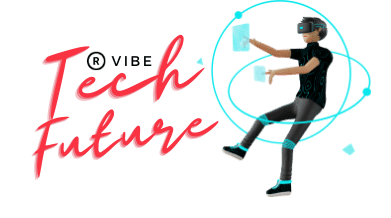Introduction: The Insurance Burden for Trucking in 2025
Commercial trucking companies in the USA face skyrocketing insurance premiums, driven by accident rates, cargo theft, and litigation. However, 2025 marks a turning point — GPS tracking combined with AI-powered analytics is reshaping the insurance landscape by lowering risk, increasing transparency, and driving down premiums.
How AI & GPS Tracking Work Together
1. Real-Time Vehicle Monitoring
Modern GPS tracking provides:
- Real-time location tracking
- Route optimization
- Geofencing for unauthorized movement
AI enhances this by analyzing driving behavior, including:
- Harsh braking or acceleration
- Speeding patterns
- Idle time and fuel usage
Together, this data creates a driver risk profile, which insurers now use to calculate more accurate — and often lower — premiums.
Key Benefits for Trucking Businesses
1. Lower Insurance Premiums
Insurers offer up to 30% discounts for fleets using advanced telematics. Why? AI reduces guesswork — showing exactly which drivers are low risk.
2. Proactive Risk Management
AI can predict potential accidents using past driving data.
3. Fraud Prevention
GPS + AI offers real proof of:
- Routes taken
- Driving behavior
- Accident events (via dashcam + data sync)
This significantly reduces false claims and insurance fraud — saving both the insurer and the business.
4. Operational Cost Reduction
Besides insurance, companies benefit from:
- Lower fuel usage
- Better route planning
- Reduced vehicle wear & tear
Insurance Companies Embracing AI + Telematics
Leading insurers now provide AI-integrated commercial policies, including:
| Insurer | Features |
|---|---|
| Progressive Commercial | Smart Haul® Program using telematics discounts |
| Geotab + AIG | AI driver scoring + dynamic premium adjustment |
| Nationwide | Partnered with Netradyne for behavior-based pricing |
These programs reward safe drivers with lower rates, making AI adoption a win-win.
Causes of High Trucking Insurance Costs (Before AI)
Before this tech evolution, insurance premiums were inflated due to:
- Lack of driver behavior data
- Blanket risk assumptions across fleets
- High accident-related litigation
- Long claims processing cycles
- Fraudulent or exaggerated claims
Troubleshooting Common Concerns
| Issue | Solution |
|---|---|
| Privacy concerns from drivers | Use data only for insurance + safety; anonymize personal info |
| Cost of installing devices | Offset with insurance discounts + operational savings |
| Tech resistance | Provide training + show financial benefits |
Featured Snippet Answer:
How does GPS tracking reduce commercial truck insurance in 2025?
GPS tracking, paired with AI, enables real-time driving behavior analysis and route monitoring, helping insurers assess risk more accurately and offer reduced premiums to safe drivers.
FAQs (Optimized for Voice & Schema)
Q1. Can AI completely replace traditional underwriting?
Not yet. AI supplements underwriters by providing more precise data, but human oversight is still crucial.
Q2. Are insurance discounts available for all fleet sizes?
Yes, many providers offer telematics-based discounts even for small fleets.
Q3. What’s the best GPS tracking system for insurance savings?
Popular choices include Samsara, Geotab, and Verizon Connect due to insurer partnerships.
Q4. How fast can a company see premium reductions?
Typically within 30–90 days after consistent use of AI telematics.
In 2025, AI and GPS tracking aren’t just tech buzzwords — they’re real tools saving trucking businesses thousands in insurance costs. Whether you manage a fleet of 5 or 500 trucks, investing in smart fleet tech today can mean better safety, lower costs, and more control tomorrow.
About the Author
John R. Delgado is a legal tech analyst and former litigation paralegal specializing in personal injury and transportation law. With over a decade of experience helping attorneys leverage data in court, he now writes full-time on law, AI, and justice.

